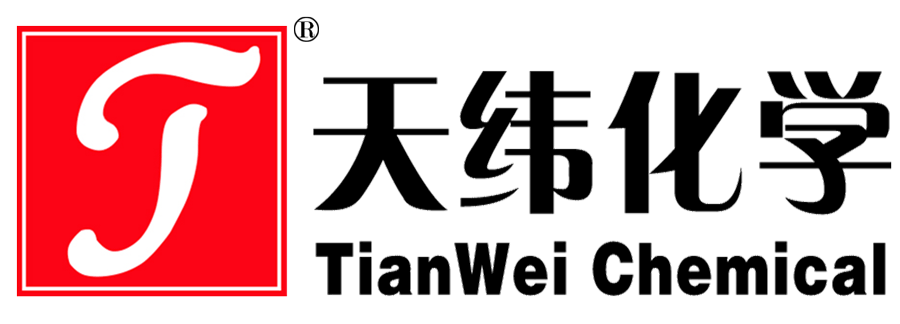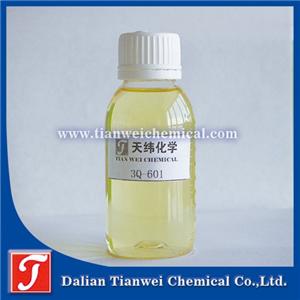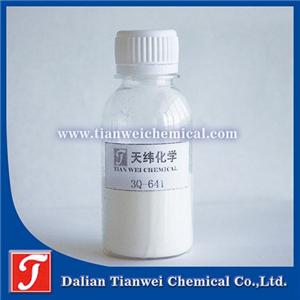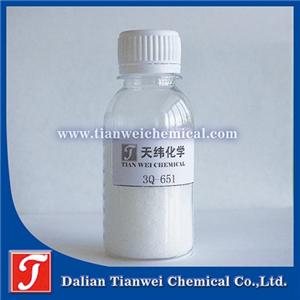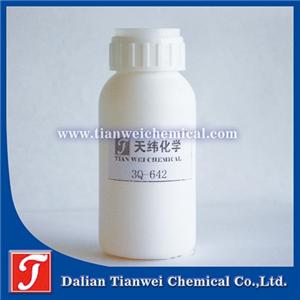Microbial control in the field of coatings
microorganism
Microorganism is a general term for a large group of organisms including bacteria, yeast and mold. Their common characteristics are: the individual is small, difficult to detect; A great variety; The reproduction speed is fast; Everywhere; Strong ability to adapt to the environment, easy to mutate.
The coating is rich in moisture and various nutrients, providing ideal conditions for the growth of microorganisms. Excessive growth and reproduction of microorganisms can lead to paint discoloration, viscosity reduction, emulsion breaking, and even harm health and pollute the environment; Mold and algae grow on the paint film, which can cause the paint film to change color or even destroy the paint film.
Microbial control in coating production
It is very important to control the number of microorganisms in the production of coatings, if the raw materials or semi-finished products appear serious microbial pollution, the added fungicide will be consumed in large quantities, at this time adding a normal dose of fungicide will not be enough to protect the coating from microbial pollution during storage and transportation, thus affecting product safety.
Microbial pollution is everywhere in the production of coatings, personnel, ambient air, equipment, equipment, production raw materials, etc., may be the source of microbial pollution, and pollution may occur in all aspects of production and packaging. The most likely sources of microbial contamination in production are as follows:
Production water, cleaning water, circulating water, etc. Pay particular attention to overnight water in storage tanks, pipes and valves.
Raw materials (emulsions, thickeners, etc.) rich in water. Water-rich production intermediates (e.g., slurries, diluents, etc.), especially retained materials. For materials prone to contamination, in order to ensure production safety, bactericides with rapid sterilization function (such as 3Q-301 paint tank preservatives) can be added to the above high-risk materials that may be contaminated for microbial pollution removal and prevention. Storage tanks, pipes, filtration devices, filling heads, utensils, and water treatment devices in production should be cleaned regularly and sterilized with fungicides, which can minimize the possibility of biological resistance. At the same time, our bactericidal preservatives themselves can be rapidly degraded, will not remain in the system, and will not affect wastewater treatment. It is an ideal disinfectant for cleaning and disinfection.
Effective factory hygiene recommendations:
Regularly test the microbial status of raw materials, should be closed when not in use, open raw materials are most likely to breed microorganisms leading to deterioration and corruption. Regular replacement of metering barrels, long-term use of barrels are easy to accumulate raw materials, thus vulnerable to microbial attack. Remove crusts from the walls of mixing tanks and storage tanks by regularly scraping the walls to expose the metal surface or cleaning with steam cleaning or biocide. Remove accumulated water from canning lines, pipes, tanks, and pumps. The remaining water facilitates the growth of microorganisms and acts as a inoculum for fresh raw materials. If the water cannot be drained, treat it with an effective fungicide
